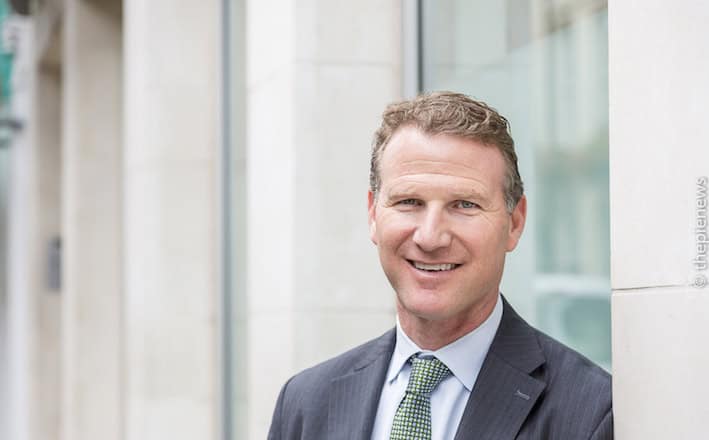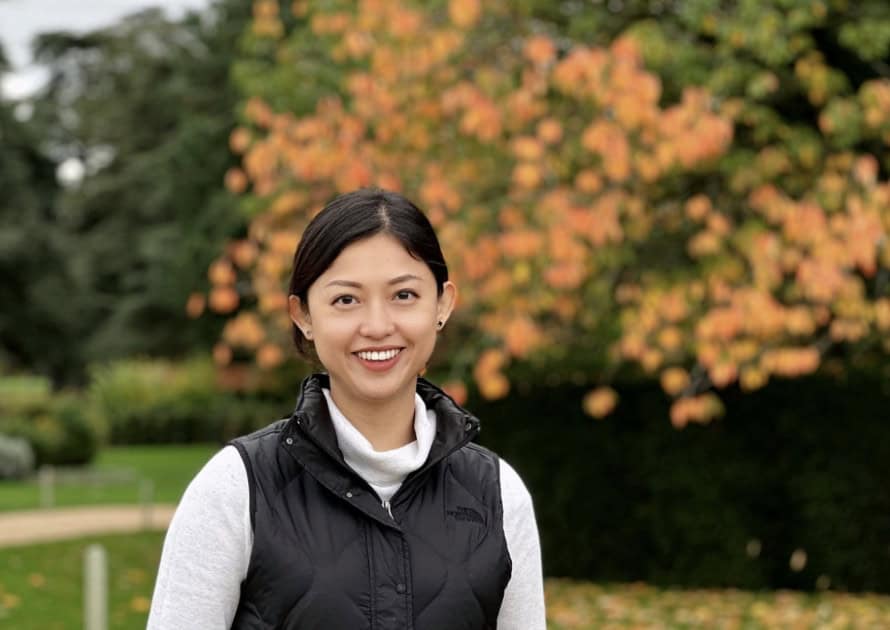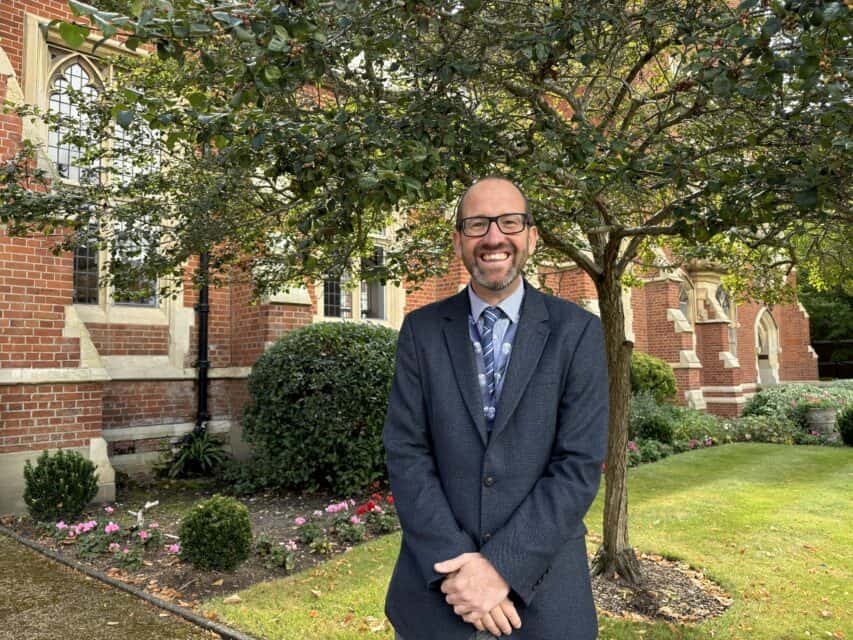Shorelight Education is a new player on everyone’s lips, a US-based company promising to offer a new dimension to public-private��partnership opportunities in higher education. Сư�洫ý caught up with CEO, Tom Dretler.
Сư�洫ý: So Tom, what were you doing before ?
TD: After 13 years as CEO of , Chris Hoehn-Saric said ‘why don’t you come to and work together to figure out what might be possible in higher education.’
We did three things, we interviewed 30 US college presidents and asked the question: If we were to put private sector capital to work in a way to benefit your institution, how would you do it?
“Those three things combined really helped us to understand that higher education was at a tipping point”
The second thing is we took a handful of college presidents and organised them into a council, CURE, The Council for University Re-Engineering. We met quarterly and really drilled down on what we found from the 30 interviews. The third thing I did on behalf of Sterling was co-author – with Jeff Denneen from Bain and Company – a white paper called “The Financial Sustainable University.”
Сư�洫ý: And where did this lead you?
TD: Those three things combined really helped us to understand that higher education was at a tipping point. I often find that businesses are prone to hyperbole when they launch a new company. They want to talk about how their new solution is going to “disrupt the industry.” And we were saying that with all sincerity and no hyperbole that HE in the US is going through a period of profound change.
We identified three ways one could play a role in supporting HE. One was to be a vendor, where the university pays a third party to perform a service, and we didn’t like that idea because we knew that the biggest issue that universities were grappling with was a lack of cash on their balance sheets.
“We wanted to support leading non-profit universities rather than offer students alternatives to them”
Another way to contribute was to be a provider, but we wanted to support leading non-profit universities rather than offer students alternatives to them. What we thought was really important was that we needed to be the ones who provided the capital. We also thought that we needed to provide the management and oversight of whatever our venture was going be. The academics would have to be controlled by the university.
Сư�洫ý: Were the 30 colleges and universities that you interviewed different types of institutions?
TD: Yes, very different types of institutions, but there was a common theme. Every president I spoke with wanted to create new revenue streams while doing right by every major stakeholder. They wanted to generate revenue but they also wanted to do something that’s a universal good, that’s a positive, for everybody involved.
We thought if the university doesn’t already have a significant international student population, then this would be a win for domestic students. Students in the US are only 4% international. At many US universities, domestic students are not learning in the type of global environment that students at UK universities are, at 14% international, or that the students at Australian universities are, at 25% international. So for the domestic student, it’s a real win.
“This is a multi-stakeholder win that can really move the needle financially for the university”
For our national economy it’s an export, so the federal government is thrilled to have education services which is our number seven services export. And in university terms, in non-financial terms, from a brand perspective, from a mission perspective, it’s a win. It generates incremental revenue that the university can use for other initiatives.
Сư�洫ý: So you mean using the financial injection that international can bring them?
TD: Yes. This is a multi-stakeholder win that can really move the needle financially for the university and that’s why we like the international student growth opportunity.
Сư�洫ý: You are a corporate business, do you get all the money out that you initially offer as sort of seed capital?
��TD:����When we launch a new program with a university we provide the seed capital, whatever it takes. ��Then we share profit equally on the upside and as part of that, our seed capital gets repaid.
Сư�洫ý: And I’m also interested in general the appetite in the US HE sector. Are some of them sceptical about working with business?
TD: In HE, there is a good deal of scepticism. It’s starting to change a little bit. When you create aligned incentives around student outcomes, that scepticism starts to melt away. And we see that just in the number of universities that we’re in contact with that seem to be interested in talking with us.
Сư�洫ý: And out of your first partners, are they people that you knew through Eduventures?
TD: Yes and no. The University of Kansas is one of our partners now and they were a client of Eduventures. But at the University of Central Florida, we recognised an opportunity in that they are a great public institution that had a low international student percentage.
Сư�洫ý: And had they been trying to do anything internationally or not before you spoke to them?
TD: No. In this case it was not like Kansas. To my knowledge, they had yet to act on their international growth strategy, and when we laid out our model and what we were interested in doing, there was enough interest to move forward.
Сư�洫ý: Do you think recruitment is the biggest hurdle for these institutions that you partner with?
TD: I don’t know if it is. It’s one of the hurdles because it’s not something they’ve been doing already. So it’s something they would have to invest in and focus on, that’s a challenge. But I think it’s also about when the student arrives. So there are lots of good students out there or lots of students with the potential to do very well at US universities.
Сư�洫ý: How do you track success at Shorelight?
TD: The number one thing for us is student success and so we’re working with to formally track student success and student perceptions. There are lots of informal ways to find out how students are doing. We have a significant number of student service directors and so there is a high degree of touch points between the student and the local team that is part of the partnership to understand what’s happening with the students on the ground. The day-to-day interactions coupled with the surveys allow us to stay in tune with all of our students.
Сư�洫ý: Do employees become Shorelight employees or do they remain institutional employees?
TD: The leadership at each or our programmes ends up being an employee of that partnership. The faculty is frequently faculty of the university and they remain employed by the university. They get paid by the partnership entity but they are faculty of the university.
Сư�洫ý: Obviously you have a growth plan in terms of the number of partnerships. Do you know how many partnerships you will have this time next year for example?
TD: The way we think about it maybe a little bit less than how many partnerships and more about finding the right kind of partnerships. It all starts with the student. We say “ok how many students are there that we want to serve and what kinds of students do we want to serve.” Then, “can we find university partners that match up with those types of student needs?” We try to be pretty thoughtful about it.
Сư�洫ý: So, you think of the student first and then you think of which partner?
TD: Yes. We’re not a vendor. Our goal is to develop long-term partnerships that are deeply aligned with the goals and mission of the universities.
As an example, I’m here in England right now because we’re launching a school of Business and Entrepreneurship at and it’s a tremendously unique partnership.
The Bath and Bristol area is a really dynamic area. I actually think Bath is one of the best college towns I’ve ever seen. Having gone to school at Harvard Business School, I think Bath is even better than Harvard Square. It’s just an extraordinary place to go to school, it’s a hub of innovation and there are many incubators growing the innovation economy.
Сư�洫ý: How do you see the global higher education landscape changing in the next five to ten years?
TD: I think the United States is going to become much more sensitive to the needs of international students, and become more welcoming. There is a way that you need to treat international visitors so that they can come and feel that this is a place for them. That sentiment is starting to take hold, and I think we’re going to see an increase in the percentage of international students in the United States.
Сư�洫ý: In terms of the type of student you are trying to attract – there is quite a lot of demand for shortcuts to success but I think it’s a fine line for any institution, accepting that students want to get on fast and also making sure you attract the right students…
TD: Yes – when international students come to the United States, unlike in some other countries, it’s not a path to immigration. It is not very easy for students to work in the United States after graduation. Instead, they come to the United States for two reasons: the degree, which is very, very valuable; but they also come for the American university experience.
“I’ve observed that international students too often tend to not be integrated into the social fabric of the university”
Even at schools that are 20% international, I’ve observed that international students too often tend to not be integrated into the social fabric of the university.
They’re off on the side hanging out with people from their home country, and one of the things that these students want is an invitation and some programmatic components that would allow them to fully integrate so that they truly have the American university experience and have friends from the United States.
Сư�洫ý: So how are you tangibly achieving that in your partnerships?
TD: We call it the “signature student experience” and it’s a set of programmatic activities that are designed to help students integrate into the university community. For us, it’s not just that they pass their courses and progress to their sophomore, junior and senior years. We want to make sure we are doing everything we can to help them thrive in their new environment.
Sometimes it’s hard to be a stranger in a strange land – the support we offer is everything from academic, social and cultural to being able to answer the simple things many of us take for granted, like “what color are you supposed to wear to the football game?”
Сư�洫ý: And what’s your relationship with Sterling? Is it completely separate or do you still work closely with Sterling?
TD: I was an executive in residence at Sterling and then when I left to start Shorelight, some of the partners at Sterling invested in the company. Private equity firms like Sterling do not invest in new companies; they buy existing companies. So the management team at Shorelight invested, some of the partners at Sterling invested, and we invested as individuals. We also recently received an investment from a publicly traded company in the US.
Сư�洫ý: Is that Huron?
TD: Yes. We feel like we have a great partner in . Huron has worked with 96 of the top 100 research universities in the United States and those are deep partnerships. They know what these institutions need and I think Huron could help us build better programs because they truly understand how universities operate.
“What you value and measure has to be the same thing as what the students value, and that’s what we do”
Сư�洫ý: How do you ensure that you recruit the right profile of students?
TD:��I worked��for an expert in organisational design when I graduated from Harvard Business School. I learned��that organisational design can help people do the right thing, not the wrong thing.
If you create a design to maximise student flow, you end up not delivering quality or diversity, or from the��student perspective, you risk��not bringing them to the university that is the best match. ��Not only is it the wrong thing to do, but it will be the end of your business.
What you value and measure has to be the same thing as what the students value, and that’s what we do.



